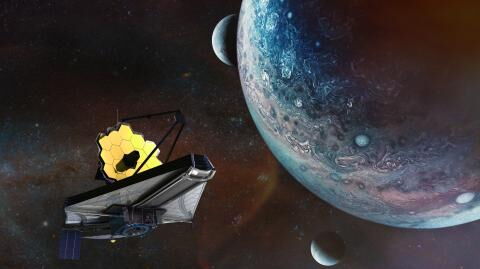For all you sky watchers, there are some incredible views in store for you this October. As reported by Daily Mail, you would be treated to some rare views that include meteor shower and Mars changing course, along with being able to see Jupiter and Saturn in the night sky throughout this whole month.
Discover our latest podcast
NASA published these monthly highlights in their website stating,
What's Up for October? Evenings with giants, Mars changes course, and meteors from Orion.
Stargazing in October? We’ve got you covered. 🎃
— NASA (@NASA) October 1, 2022
Jupiter and Saturn are visible throughout the month. The full Moon illuminates the night starting Oct. 9. Mars enters retrograde, and the Orionid meteor shower puts on a show peaking on Oct. 20: https://t.co/OrE9pfHqPrpic.twitter.com/2QAE09GA8n
‘Evenings with giants,’ according to NASA
As per NASA, Jupiter and Saturn are visible at night throughout the month of October. You will find them to the southeast and they move slowly westward with the stars over the course of the night, forming a triangle with the star Fomalhaut.
A tip from NASA to be able to spot the planets is that while stars twinkle, these planets shine with steady light.
Retrograde motion of Mars
While Mars moves towards the east relative to the background stars all year, at the end of October, it would look like it halts all motion and reverses course. Then from November to January, Mars would move west and then reverse its course again. This seeming reversal of course by Mars is called retrograde motion of Mars.
According to NASA, Mars will appear to do so because Earth is passing the slower moving Red Planet in its orbit. This phenomenon appears every two years and the visual illusion can be very confusing to observers.

Orionid meteor shower
In more exciting news for star lovers, the Orionid meteor shower is active throughout the months of October and November with its peak being on the night of 20 October. At its peak, it produces about 10-20 meteors per hour, which are visible under clear, dark skies.
Sources used:
Daily Mail: ‘NASA urges stargazers to enjoy 'evenings with giants' in October as massive planets Jupiter and Saturn will be visible in the night sky throughout the month.’
NASA: ' What's Up: Skywatching Tips from NASA'
Read more:















